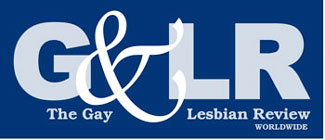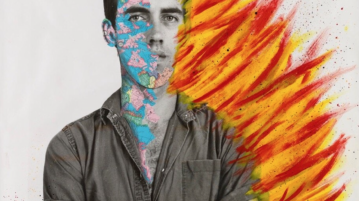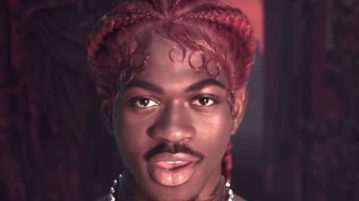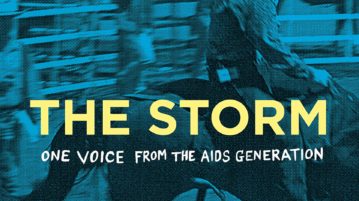Asexuals Are Here, and They’re Organizing
SINCE THE TIME of Stonewall, the LGBT+ community has changed in ways that our queer antecedents could not have imagined. We now have multiple resources at our fingertips for figuring out our queer identities and for connecting with a network of people, or even a community, with whom we share a sexual identity. One group that has come out and come together in the age of the Internet is the asexual community.
More








